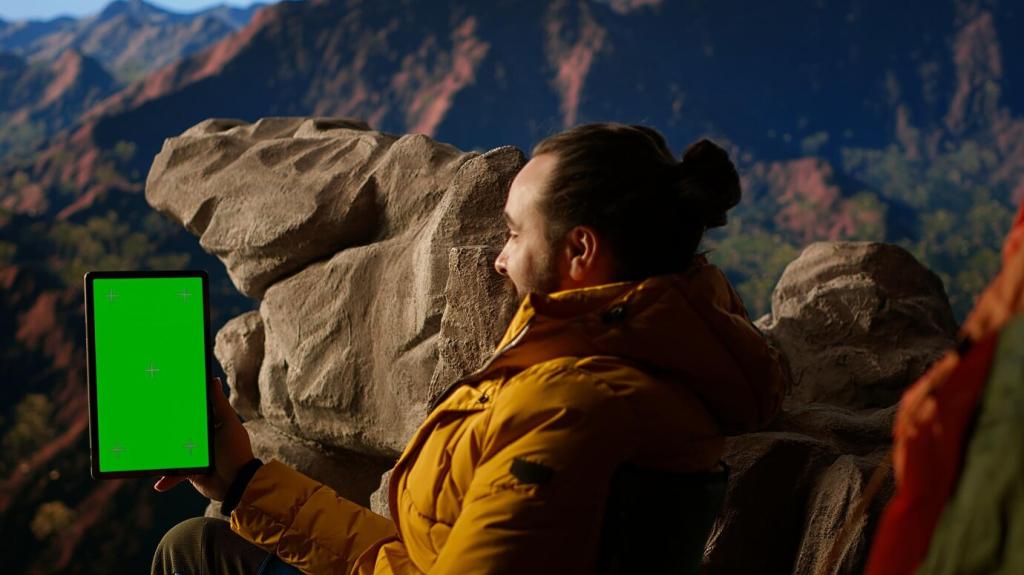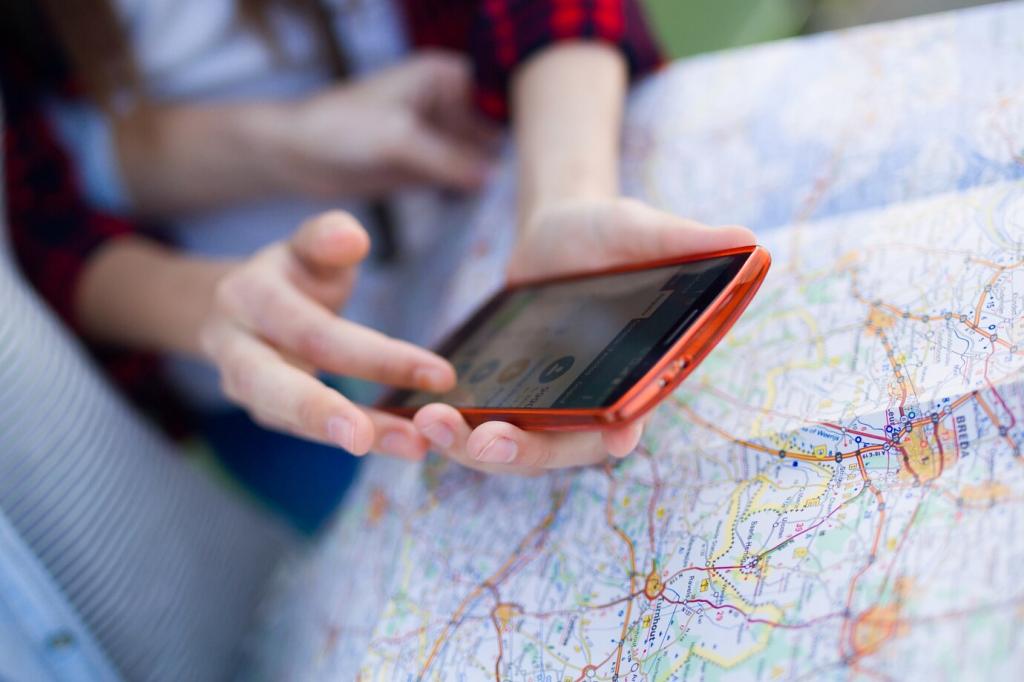Lead Lightly: Eco-Friendly Digital Tools for Guides
Chosen theme: Eco-Friendly Digital Tools for Guides. Welcome to a space where guiding meets stewardship—practical gear tips, smarter software, and field stories that help you reduce digital footprint without losing impact. Subscribe for weekly, trail-tested insights and share your own low-energy wins with our community.

Why Sustainable Tech Matters on the Trail
A single full charge is never just a number; it’s extraction, shipping, and grid energy. Extend battery life with frugal settings, shorter screen-on time, and efficient accessories, so your guiding remains present, quiet, and lighter on the landscapes you love.
Why Sustainable Tech Matters on the Trail
Replacing paper with devices is helpful only when thoughtfully done. Use e-ink for reference guides, offline PDFs, and vector maps to reduce power draw. Plan caching at base, not in the field, and avoid redundant background syncs that quietly waste energy.



Energy-Savvy Software and Settings
Offline-First Maps and Guides
Preload vector map tiles, trail layers, and species lists on Wi‑Fi before departure. Vector data renders crisply and consumes less storage than raster. Test your cache, disable auto-updates, and keep a minimal, high-contrast theme that’s legible in glare.
Quiet Notifications, Batched Sync
Silence nonessential alerts to reduce screen wake-ups and distraction. Batch uploads and synchronize during scheduled windows at base. Guests get more attention, your device sleeps more, and you avoid energy spikes from scattered, redundant network calls.
Dark Mode, Lower Refresh, Smarter GPS
Use dark mode, reduce animation, and lower refresh rates where available. Switch GPS to periodic sampling or record-only when stationary. Combine with airplane mode plus selective Bluetooth to keep location accuracy without hemorrhaging precious battery.
Data Practices that Respect the Planet
Use lightweight formats, compress attachments, and avoid storing duplicates. Replace bulky slide decks with concise, annotated images. Keep only what supports safety, learning, and conservation outcomes, and document your decision rules for your guiding team.
Data Practices that Respect the Planet
Shoot efficiently with HEIF or similar formats, capture RAW only when necessary, and batch-process at base. Add short, informative captions so fewer files are needed. Trim ambient audio to salient moments and archive responsibly with meaningful metadata.
Data Practices that Respect the Planet
Favor providers committing to renewable-powered data centers and transparent sustainability reporting. Cache locally during trips, then upload once on reliable, renewable-backed connections. Version carefully and delete expired sets to prevent silent, energy-hungry hoarding.



Invite Participation, Not Policing
Offer a quick pre-hike brief: airplane mode tips, respectful photography, and how offline guides work. Frame it as enhancing presence and wildlife safety, not restriction. Ask guests to share their favorite efficiency trick in a post-trip message or comment.
Visible Wins Build Trust
Post a simple sign at base showing solar harvest for the week and how many paper pages were avoided with e‑ink field notes. Concrete numbers spark conversations and reinforce why your guiding choices truly protect the places you interpret.
Keep the Conversation Going
Invite readers to subscribe for monthly eco-tool roundups, field-tested app settings, and repair tutorials. Encourage replies with questions or stories; we regularly feature guest insights that help the whole community guide smarter and tread even lighter.
